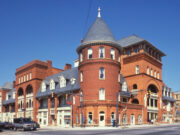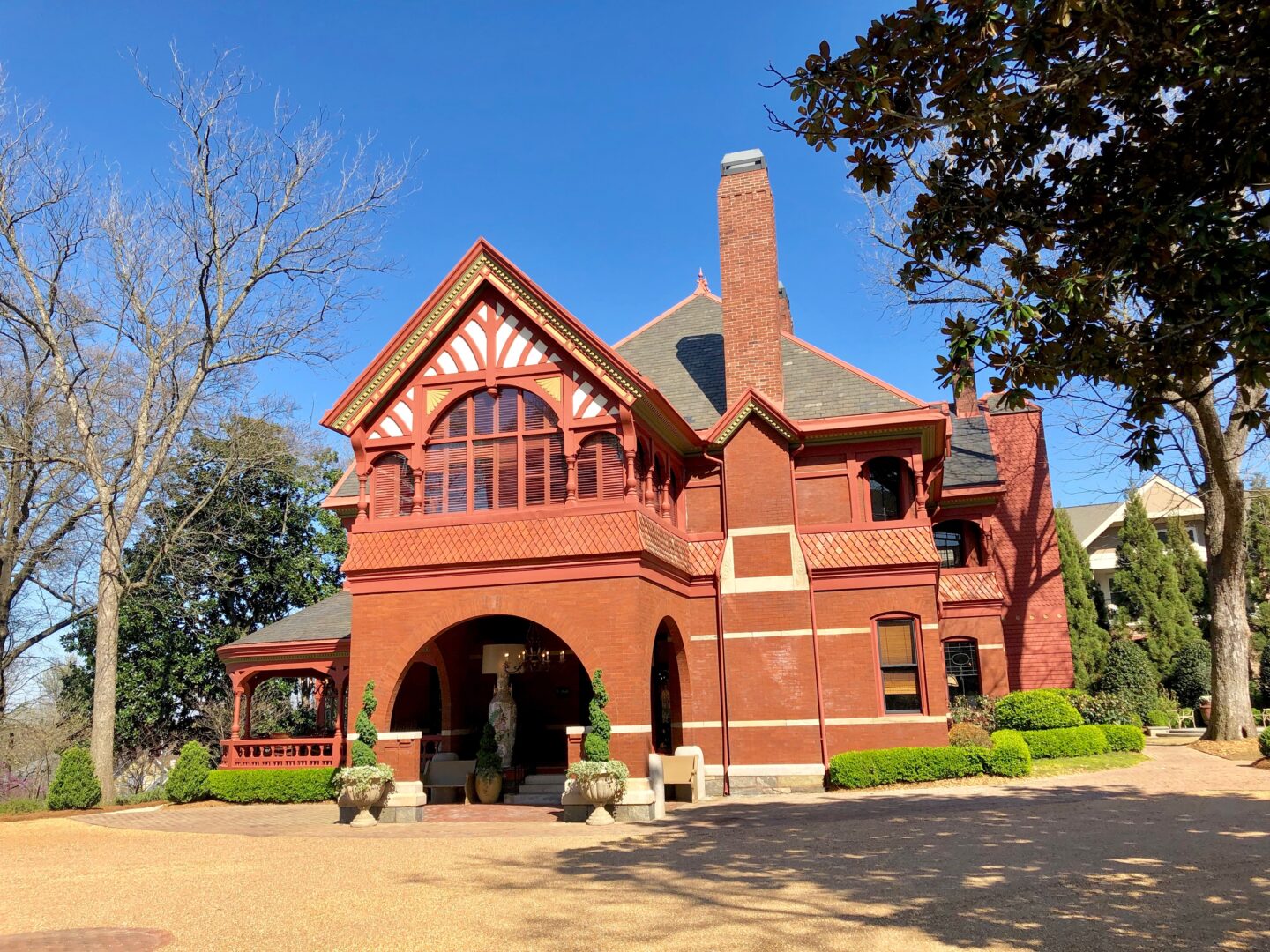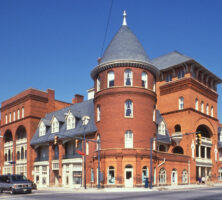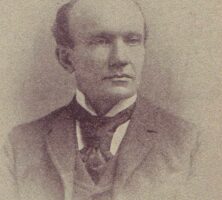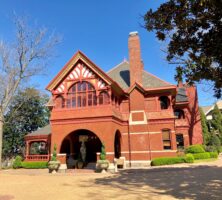Swedish-born Gottfried Leonard Norrman came to Atlanta in 1881 after an extensive architectural education in Scandinavia and Germany. For the next twenty-eight years he was a major designer, a successful businessman with work in five states, and an active promoter of professionalization.

Image from Col. I.W. Avery
Like most of his contemporaries, Norrman did not specialize or confine himself to a particular style of architecture. Instead, he designed a wide array of buildings in the most fashionable styles, using the latest technologies. His works included buildings for all three of the great expositions held in Atlanta in 1881, 1887, and 1895, as well as magnificent private homes like the Queen Anne masterpiece for Edward C. Peters on Ponce de Leon Avenue in Atlanta and Romanesque, shingle, and neoclassical homes throughout the Southeast.
During the 1880s and 1890s, however, he tended to do his best work in Romanesque revival styles for commercial, educational, or industrial structures. With the waning popularity of Romanesque forms, he proved adept at producing buildings with colonial revival or neoclassical features (often called Renaissance revival at the time), and even Chicago-style office buildings. Two striking examples of this later work are the Lawrence McNeil home (1903) and the Sullivanesque steel-frame Citizens Bank Building (1895), both in Savannah.

Image from Warren LeMay
This flexibility made it possible for Norrman to combine the artistic and business sides of his profession over a long career. He succeeded in creating a business that spanned the Southeast with hundreds of projects. They ranged from the Windsor Hotel in Americus, and the Bienville Hotel in Mobile, Alabama, to public buildings like Charlotte, North Carolina’s city hall to a grand Beaux-Arts mansion on the Battery in Charleston, South Carolina, and a Neoclassical business building in Jacksonville, Florida.
At the same time, Norrman ceaselessly worked for the professionalization of architecture in Georgia and the South. He often spoke out publicly on issues related to fee standardization, licensing, and organization. In 1892 he was a founder of the Southern Chapter of the American Institute of Architects, and in 1906 he helped establish the Atlanta Chapter, serving as that organization’s first vice president.

Courtesy of Georgia Department of Economic Development.
Norrman committed suicide soon after the Atlanta firm of Norrman, Hentz, and Reid was formed in 1909.


